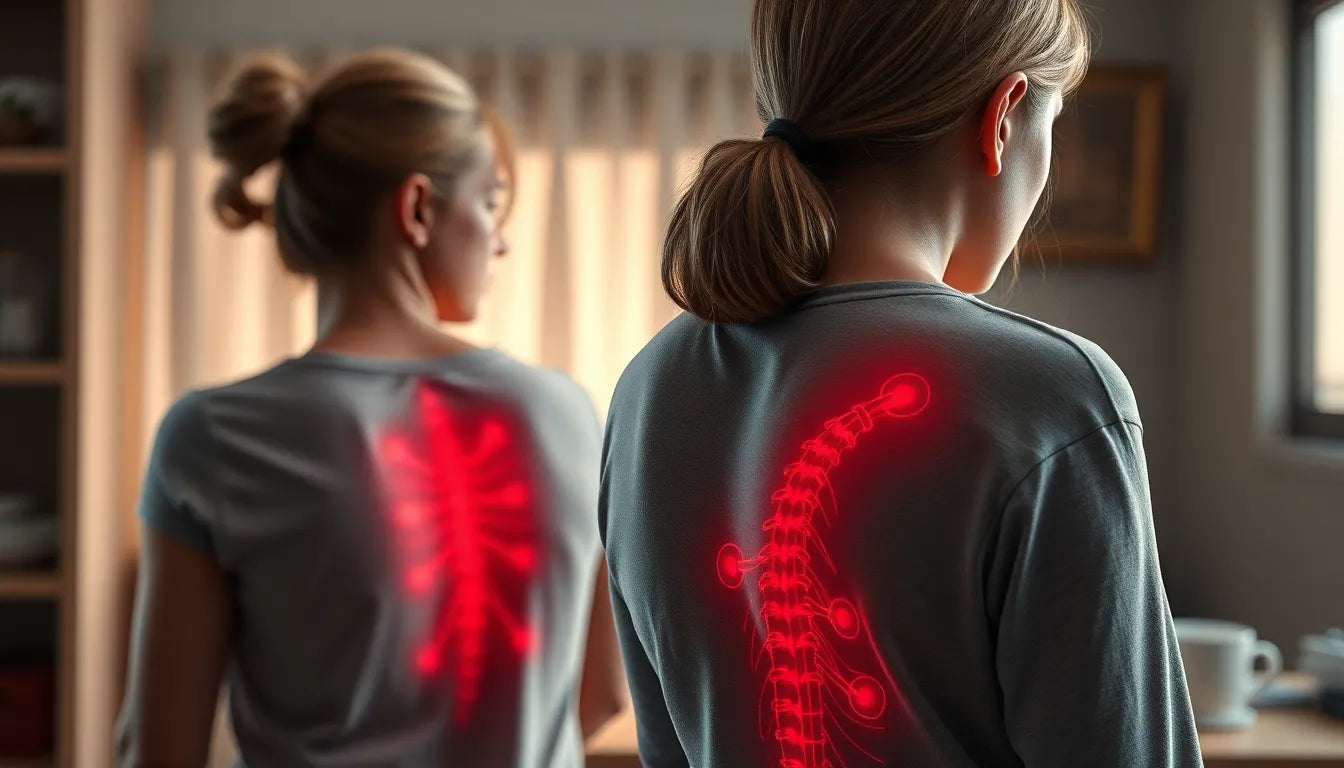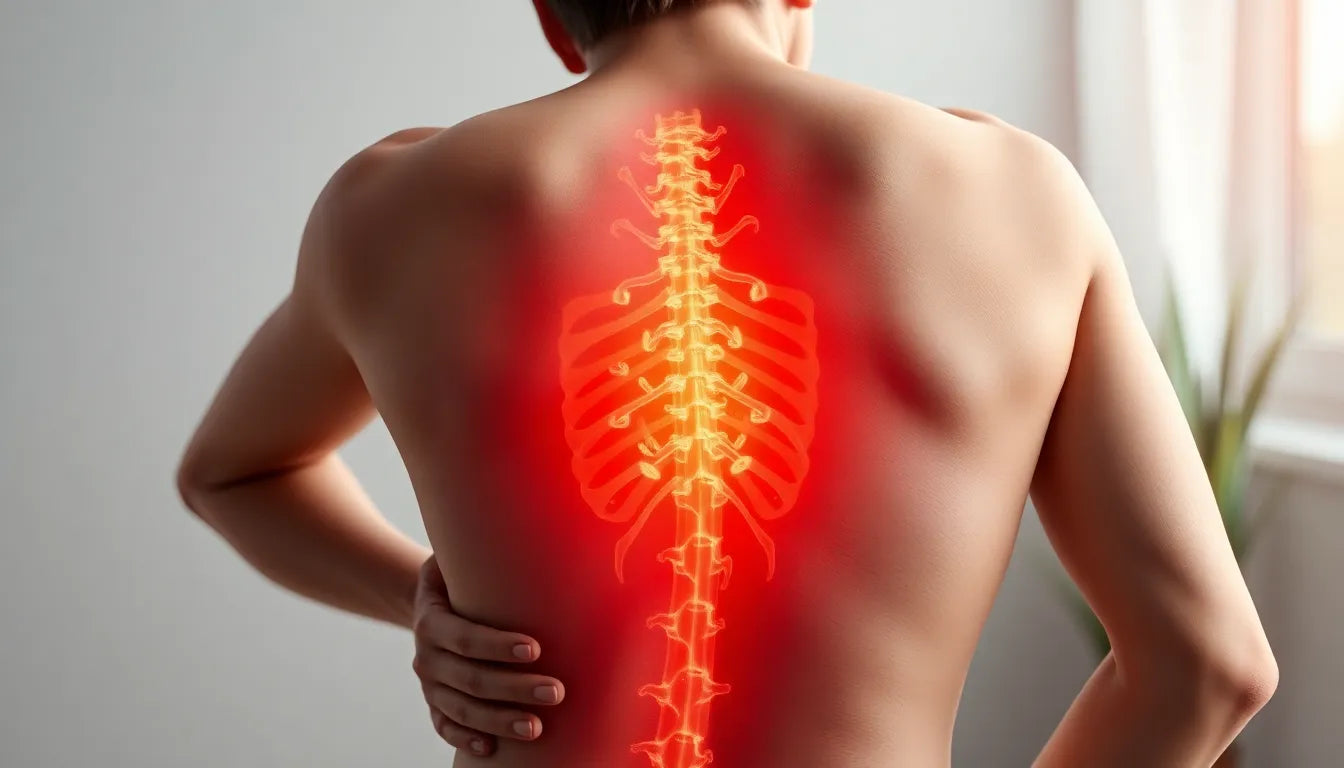Vokseværk, a term familiar to many parents, refers to the growing pains that children often experience, primarily affecting their legs and knees. This common issue typically manifests as discomfort or pain that occurs in the evening or at night, disrupting a child's sleep and, consequently, their overall well-being. While vokseværk is a normal part of growing up, the pain can be distressing for both children and their parents, leading to concerns about how best to alleviate it.
understanding vokseværk and its impact
For parents, the sight of their child in pain can be worrying, especially when the pain is concentrated in the knees, a crucial joint for mobility. Knee pain in children can naturally lead to fears about more serious conditions. However, it's important to understand that vokseværk is generally a benign and temporary condition. It does not have long-term effects on a child's health, a fact that can offer some reassurance to concerned parents.
Vokseværk typically does not involve any visible signs of injury, such as swelling, redness, or stiffness, which helps differentiate it from other potential causes of knee pain. The absence of these symptoms is a key indicator that the pain is likely due to vokseværk rather than a more serious condition. Despite its harmless nature, the discomfort it causes can still be significant, making it essential for parents to find effective ways to manage their child's pain.
addressing parental concerns
Parents often face the challenge of discerning whether their child's knee pain is a simple case of vokseværk or something more serious that requires medical attention. Understanding the typical characteristics of vokseværk can help in making this distinction. The pain usually occurs without any preceding injury and is transient, often lasting between 30 minutes to an hour. It’s important for parents to monitor the frequency and intensity of the pain and to note any additional symptoms that may warrant a visit to the doctor.
While vokseværk is not a cause for alarm, being informed about its nature and effects can empower parents to provide the right support and care for their children. By recognizing the signs and understanding that vokseværk is a normal part of childhood, parents can better manage their concerns and focus on helping their child through this phase with appropriate measures for relief.
recognizing symptoms and warning signs of vokseværk
Vokseværk, while common and typically harmless, presents with a specific set of symptoms that can help parents identify it. The most notable symptom is pain in the legs or knees, which usually occurs without any visible signs such as swelling, redness, or stiffness. This pain often emerges in the evening or night, lasting anywhere from 30 minutes to an hour. Importantly, the pain does not occur during physical activity, which helps differentiate vokseværk from more serious conditions that might cause pain during movement.
However, there are certain warning signs that parents should be vigilant about. If a child experiences persistent pain that does not resolve within the typical duration, or if they begin to limp, have swollen or stiff joints, or feel pain during physical activities, it is advisable to seek medical attention. These symptoms could indicate an underlying issue that requires professional evaluation.
exploring possible causes of vokseværk
Despite its prevalence, the exact cause of vokseværk remains elusive. Several theories suggest potential factors that might contribute to these growing pains. One such theory is the role of low bone density, which could make bones more susceptible to pain as they grow. Additionally, vitamin D deficiency is another factor that has been considered, given its importance in bone health.
Physical activity is also thought to play a part. Children who are highly active during the day may experience more intense growing pains at night. Genetic factors might also influence the likelihood of experiencing vokseværk, as some children may be more predisposed to it than others. It is crucial to note that while growth spurts are a common belief, they have not been conclusively linked to vokseværk.
effective strategies for pain relief
When it comes to alleviating the discomfort associated with vokseværk, several strategies can be employed. Gentle massage and stretching exercises are highly beneficial, as they can help relax the muscles around the painful area. Applying heat through a warm compress or warm socks can also provide relief by soothing muscle tension.
Emotional support plays a significant role in managing vokseværk. Providing comfort and reassurance to the child can help ease their distress and make the pain more bearable. In cases where the pain is severe, paracetamol may be used, but it is essential to consult with a doctor before administering any medication to ensure it is appropriate for the child's condition.
Chiropractic care is another option that some parents explore, particularly if there are tensions in the pelvic or lower back areas. This approach should be considered after a professional assessment to determine its suitability for the child's specific needs.
consideration of nutritional supplements
Nutritional supplements, such as magnesium and vitamin D, are sometimes considered for children experiencing vokseværk, especially if they have been found to have low levels of these nutrients. While these supplements are not a standardized treatment, they may offer some relief for children who are deficient. Parents should discuss with a healthcare professional before starting any supplementation to ensure safety and appropriateness.
By understanding the symptoms, potential causes, and effective management strategies for vokseværk, parents can better support their children through this natural phase of growth. While vokseværk is generally benign, being informed and prepared can make a significant difference in how a child experiences and copes with the discomfort.
additional relief measures for vokseværk
In addition to massage, stretching, and heat application, some parents find that using supportive products like knee braces can help manage their child's discomfort. These products are designed to provide gentle support and stability to the knee, potentially reducing pain during episodes of vokseværk. However, it's crucial to follow medical advice and product guidelines when using such items, ensuring they are appropriate for the child's specific condition.

Lumbar support belt
Supports and stabilises the lower back, providing relief from pain and tension.
Over-the-counter pain relief can also be considered for severe pain, but it's essential to consult with a healthcare professional before administering any medication. This ensures that the chosen remedy is safe and suitable for the child's age and health status. Parents should always adhere to dosage instructions and seek guidance from a doctor if they have any concerns.
expert insights into managing vokseværk
Healthcare professionals, such as chiropractors and physiotherapists, often provide valuable insights into managing vokseværk. Chiropractors may suggest adjustments to address any pelvic or lower back tension that could exacerbate knee pain. Meanwhile, physiotherapists might recommend specific exercises to strengthen the muscles around the knee, offering additional support during growth phases.
These expert insights can be particularly beneficial in tailoring pain management strategies to suit the individual needs of each child. By incorporating professional advice, parents can ensure that they are providing the most effective care for their child's vokseværk-related knee pain.

Men's Posture Shirt™ - White
Patented shirt activates muscles and relieves pain for better posture and comfort.
frequently asked questions
what is vokseværk, and how common is it?
Vokseværk is a term used to describe the growing pains that many children experience, particularly in their legs and knees. It is a frequent condition, affecting a significant number of children during their growth years.
how can I tell if my child's knee pain is vokseværk or something more serious?
Vokseværk typically presents as pain without visible signs such as swelling, redness, or stiffness. The pain usually occurs in the evening or at night and lasts between 30 minutes to an hour. If your child experiences persistent pain, limping, swollen or stiff joints, or pain during activity, it is advisable to seek medical attention to rule out more serious conditions.
are there any long-term effects of vokseværk?
Vokseværk does not have long-term health implications. It is a benign and temporary condition that does not affect a child's overall health or development in the long run.
what home remedies can help alleviate my child's knee pain?
Effective home treatments include gentle massage, stretching exercises, applying heat with a warm compress, and providing emotional support to the child. These methods can help relax muscles and reduce discomfort associated with vokseværk.
should I consider dietary supplements for my child?
Dietary supplements such as magnesium and vitamin D can be considered if your child has low levels of these nutrients. However, it's important to consult with a healthcare professional before starting any supplementation to ensure it is safe and appropriate for your child's needs.
Kilder
- Din Børnekiropraktor. "Vokseværk."
- Panodil. "Vokseværk."
- Apotekeren. "Er det vokseværk?"
- Sundhed.dk. "Vokseværk."
- Netdoktor. "Osgood-Schlatter knælidelse hos børn og unge."
- Sundhed.dk. "Vokseværk - Sundhedsfaglig."
- Fysioterapeuten. "Knæsmerter hos unge går ikke altid væk af sig selv."
- Sportsfys. "Typiske vækstrelaterede skader hos børn og unge."
- Kiropraktor.com. "Vokseværk hos voksne."


















